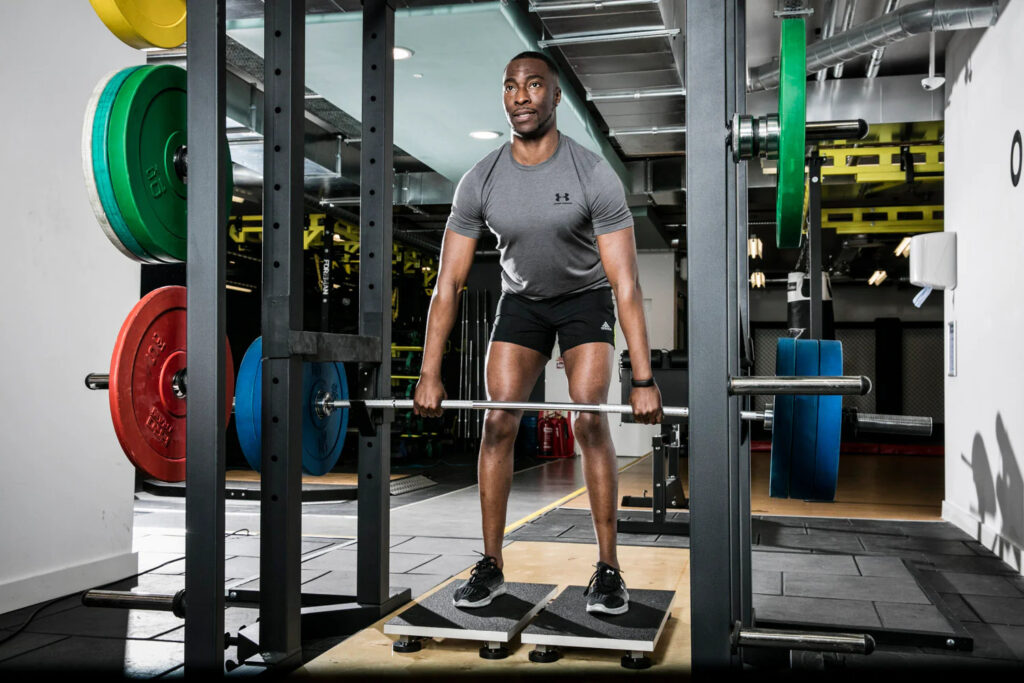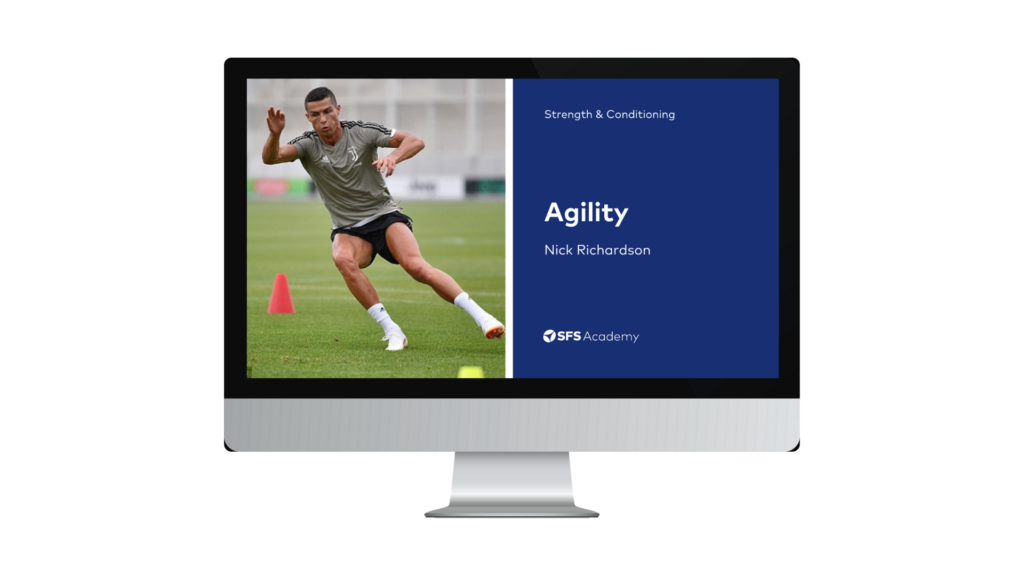This week in the world of sports science, here’s what happened…
- Is Kevin Durant’s sand training worth the hype?
- Is the Isometric Mid-Thigh Pull test suitable for youth athletes?
- Screening for plantar fasciitis?
Is Kevin Durant’s sand training worth the buzz?

NBA superstar Kevin Durant garnered significant attention earlier this month by showcasing his sand workout regimen. While there are recognised benefits to training in sand, leading sports performance consultant Shawn Windle has advised caution regarding the tendency to emulate Durant’s example blindly. In a LinkedIn post, Windle elaborated on the potential risks associated with sand training.
Windle emphasises that sand dampens ground reaction forces, which limits the development of explosive strength and power, critical attributes for basketball performance. Additionally, training on an unstable surface such as sand can alter movement mechanics, potentially increasing joint stress and elevating the risk of injury. Furthermore, sand reduces traction and stability, which can further heighten the risk of injuries, particularly during change-of-direction exercises. Lastly, the eccentric loading and required dorsiflexion of the ankle in sand training may place excessive strain on the Achilles tendon.
While Windle acknowledges that sand training has its merits, especially for recovery and aerobic workouts, he firmly contends that it should not serve as the primary training surface for explosive athletes like basketball players. He urges caution when viral content featuring NBA stars, such as Durant, gains widespread attention.
To learn more about this topic, check out Windle’s post, which also links to the research supporting his arguments.
Is the Isometric Mid-Thigh Pull test suitable for youth athletes?

The Isometric Mid-Thigh Pull (IMTP) serves as a widely utilised assessment for measuring maximum force production, primarily due to its minimal impact on fatigue compared to dynamic strength tests. A recent systematic review evaluated the reliability of the IMTP among youth athletes.
This systematic review incorporated 20 studies involving over 2,000 youth athletes aged 21 years or younger across various sports. Following a thorough analysis of the methodologies and findings from these studies, the researchers concluded that the IMTP demonstrated good to excellent test-retest reliability.
Consequently, based on these findings, the IMTP is identified as an excellent option for assessing maximum force production in youth athletes. Nonetheless, the researchers emphasised the necessity of considering maturation and test familiarisation, as well as the standardisation of warm-up protocols, to achieve optimal reliability.
If you would like to learn more about the IMTP, check out our blog Isometric Mid-Thigh Pull (IMTP) by Dr. Ian Dobbs.
Screening for plantar fasciitis?

Plantar fasciitis, commonly referred to as “jogger’s heel,” is a prevalent overuse injury associated with running, characterised by pain in the heel region of the foot. A recent study has indicated that the Y-Balance Test may serve as an effective screening tool for predicting the onset of plantar fasciitis. This test assesses an athlete’s ability to maintain balance on one foot while extending as far as possible in three directions: anterior, posterolateral, and posteromedial.
In this particular study, 172 recreational runners participated in the Y-Balance Test and were monitored over three months. Out of the participants, twelve individuals developed plantar fasciitis. Notably, when the Y-Balance Test scores of these twelve participants were analysed, greater left and right leg asymmetry in the posterolateral direction was observed compared to their uninjured counterparts.
Based on the findings of this study, the researchers suggest that an asymmetry exceeding 4.5 cm between the left and right sides in the posterolateral direction constitutes a significant risk factor for the development of plantar fasciitis.
Therefore, runners could benefit from adding the Y-Balance Test to their training program as a preventive measure against plantar fasciitis.
If you want to learn how to administer the Y-Balance Test, check out our detailed blog: Y Balance Test™.
From us this week:
>> New course: Profiling ACL Injuries
>> New podcast: Is Youth Football in Crisis? With Andrew Hyde
>> New infographic: The Power Of Naps
>> New article: Hydrotherapy
Access to a growing library of sports science courses
SFS Academy is an all-access membership to premium sports science education.
With SFS Academy, you’ll learn from some of the best coaches around the world as they teach you how to apply the latest research and practice with your athletes.




